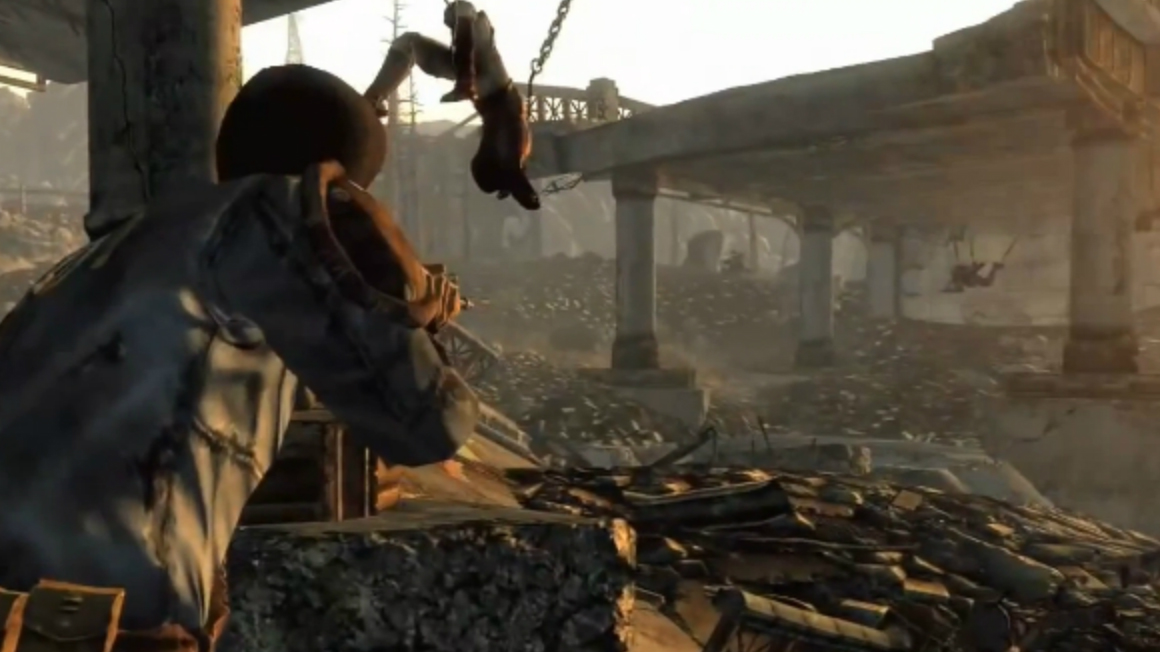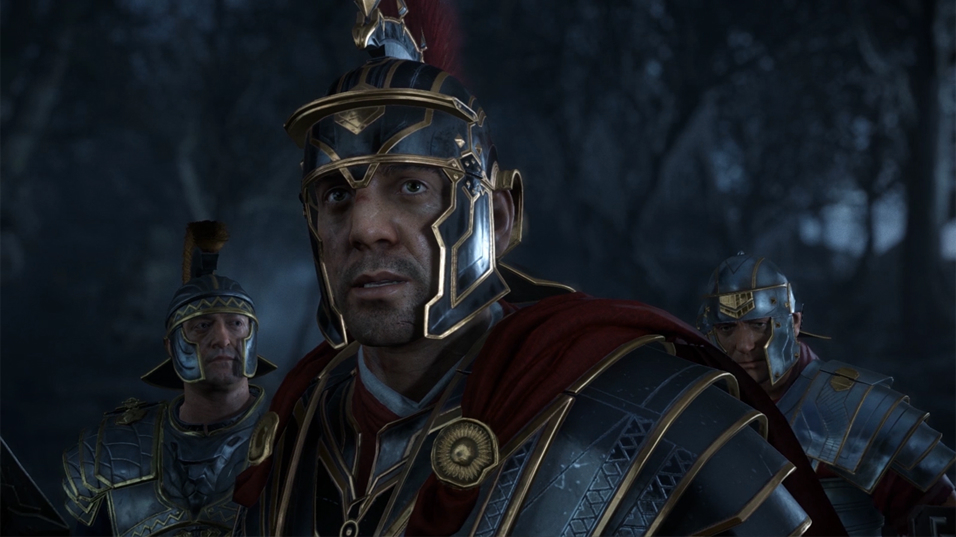Game chemistry
This buildup and release of tension is arguably the most important part of game design. It's long been known that games stimulate the production of dopamine in the brain, which explains why they can become addictive. Emerging victorious from a drawn out battle in World of Tanks or working out the solution to a puzzle in Hack 'n' Slash causes a frenzy of hormones in the brain, which makes us eager for the next challenge.
Games aren't just pleasure – inducing lightshows though – even the most abstract titles have to have some basis in the real world, be it a rectangle with emotions or an anthropomorphic cement blob. "The best games use affordances and metaphors that we understand from the real world," says Galloway. "They treat the player with respect and give the player space and time to make connections with the objects, characters and places present in the game."
As we play games, we begin to understand how their worlds work, and what we can and can't do. At the same time, games have to introduce concepts of movement and interaction, and, guide the player forwards. They have to do so in an understated way, because to force a gameplay concept on the player would immediately break their suspension of disbelief. "Developers have to manage the player's expectations of the game and provide believable reasons for the constraints on their freedom within the world," says Galloway.

For this reason, games use subtle cues to guide the player to the rewards. In Fallout 3's dungeons flaming barrels and wall-mounted lights indicate which path to take. "'Breadcrumb trails' are used to attract the player's attention through the use of colour, lighting, form, movement or even just strategically placed objects from the game economy such as health pickups, loot or discarded notes," says Galloway.
Rewards don't necessarily take conventional forms, and a plot twist, a snippet of backstory or a stunning view could be every bit as gratifying as a new weapon or a loot drop. Half-Life is regarded as a pioneer in this respect because it seamlessly tied the narrative into the gameworld – as well as finding monsters around the corner, you uncover the revelation that the marines have turned up to nuke the Black Mesa facility rather than save its brainiac workers. It was this more cinematic, long-game approach to sustain and release that brought Half-Life and its ilk in line with film and television.
"Games utilise similar elements to film and television to engage the player," says Galloway. "As an audio-visual form, games can grab the attention of the player and manipulate their emotions through the use of cinematic style camera work, expressive lighting, sound design and music. Games also use traditional techniques such as characterisation, drama, story and plot to draw the player into a world."
Recently though, game design appears to have rubber-banded on itself. Generation X, who grew up in the '90s and '00s, created the language of modern gaming, but a new generation - millennials - have spoken this language since birth, and are now coming up with new and interesting swear words. "We are seeing the emergence and critical success of games that use systems and mechanics in provocative, innovative and thoughtful ways" says Galloway.
Get daily insight, inspiration and deals in your inbox
Sign up for breaking news, reviews, opinion, top tech deals, and more.
"Titles such as Papers, Please, 9.03m, Gone Home and DayZ all embed meaning within the individual elements and systems they present to the player," he continues. "Every choice and action undertaken by the player has a consequence – so whether a survivor in DayZ decides to check one more apparently deserted barn, or momentarily trust another player by providing them with a spare weapon, takes on a greater significance and essentially becomes an exciting, emergent playground of cause and effect."
Build the playground
But the psychology of games is only half the battle, and a designer facing a deadline is going to be more interested in making sure that characters' heads don't float off due to a programming error than the Freudian semiotics of a sword design. "In the games industry you are always faced with time constraints; developers always want to push themselves and the games they are working on," says Patrick Esteves, design director of Crytek's gladiatorial combat title Ryse: Son of Rome.
From a commercial perspective, games need a unique selling point in order to differentiate them from the masses of similar titles. With Ryse, it was "always about creating a cinematic gaming experiencing, where the player was taken through the grandeur and gutter of the Roman Empire," says Esteves. "Gameplay wise, it was built around players engaging in the brutally honest combat of the age as a soldier rising through the ranks."

At the very foundation of every game is a game design document. This huge blueprint details every aspect of the game, and includes concept art, character descriptions, diagrams of particular mechanics or plot iterations, level overviews, musical cues and menu design. They become bibles that are referenced through every stage of development, and frequently altered or updated as designers realise what does and doesn't work.
"As you develop a game you start with an idea, and build on that idea," says Esteves. "During that process you make the leap from paper design to functioning in-game, and it's not always the case that what was on paper was as fun to play as you originally envisioned. At that point the team rallies behind what is functioning in-game and makes changes to get it to play and feel as good as possible."
But as with any creative process, divorcing yourself from your favourite ideas can be as painful as a poker to your privates. "People will tell you that you should not get married to your ideas, but that is not possible – unless you are a robot," says Esteves. "You can work months honing a mechanic or system that might just not work, or there might not be enough time to finish. Whatever the case, it's a bitter pill to swallow, but it comes with the territory."
Ryse began as an Xbox One launch title published by Microsoft, but Crytek and Deep Silver handled the PC re-issue. This method of production is as old as games themselves, but it massively increases the pressure on the developer to meet deadlines and get the game out of the door. A new generation of companies, such as Valve and Cloud Imperium Games, are rejecting this model and self-publishing their titles.
"We sit round the table and we don't have discussions about, 'We've got to ship four million cartridges on this date, and the marketing is going to spend this sort of money,'" says Erin Roberts, studio director of Cloud Imperium Games' space combat title Star Citizen. "We just sit there and say, "what's the best thing we can do for the game?"